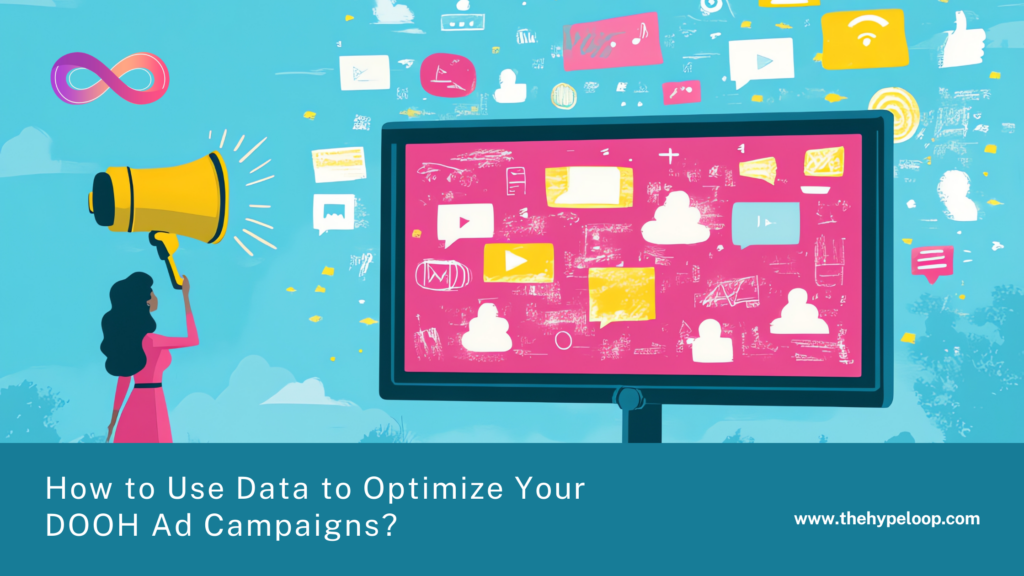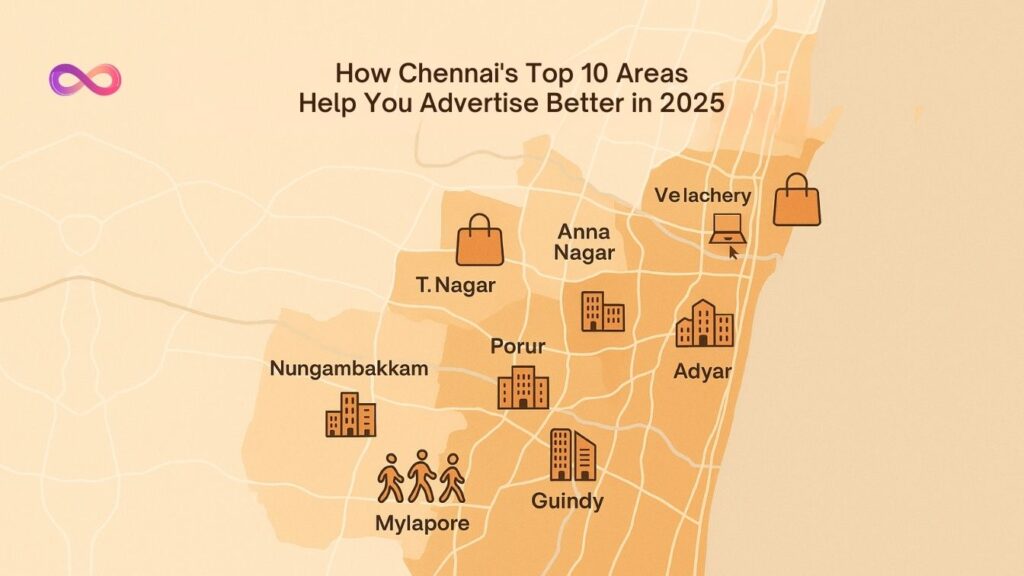Introduction
In the world of Digital Out-of-Home (DOOH) advertising, data is the driving force behind successful campaigns. Leveraging data effectively can transform your DOOH strategy, leading to higher engagement, better ROI, and more impactful results.
This blog explores how you can use data to optimize your DOOH ad campaigns, ensuring that your advertising efforts are both efficient and effective.
Table of Contents:
Understanding Data in DOOH Advertising
- Collecting the Right Data for Your Campaigns
- Analyzing Data to Gain Insights
- Optimizing Ad Placement and Timing
- Personalizing Your Content Based on Data
- Measuring Campaign Performance and ROI
- Adapting Strategies Based on Real-Time Data
- Call to Action
Data is a crucial component of modern DOOH advertising, providing valuable insights into audience behaviour and campaign performance. By understanding the types of data available and how they can impact your campaigns, you can make informed decisions that enhance your advertising strategy.
- Types of Data: Key data points include
⦁ Audience demographics,
⦁ Foot traffic patterns,
⦁ Engagement rates,
⦁ Environmental factors.
Each type of data offers unique insights into how your ads are performing and how they can be improved.
- Importance of Data: Utilizing data allows you to tailor your campaigns to better meet the needs and preferences of your target audience, ensuring that your ads are seen by the right people at the right time.
2. Collecting the Right Data for Your Campaigns
Effective data collection is the foundation of optimizing your DOOH ad campaigns. Ensuring that you gather relevant and accurate data will provide a solid basis for analysis and decision-making.
- Audience Data: Collect information on demographics, behavior, and preferences to understand who is viewing your ads. This can include age, gender, interests, and purchasing behavior.
- Environmental Data: Track foot traffic, location specifics, and the context in which your ads are displayed. This information helps in understanding how environmental factors influence audience engagement.
- Performance Data: Monitor metrics such as ad impressions, dwell time, and interaction rates to evaluate the effectiveness of your campaigns. Tools and software that offer real-time data collection can provide immediate insights.
3. Analyzing Data to Gain Insights
Once data is collected, the next step is analysis. This involves examining the data to uncover trends, patterns, and insights that can inform your campaign optimization efforts.
- Data Visualization: Use graphs, charts, and dashboards to visualize data and identify trends. This makes it easier to understand complex data sets and draw actionable conclusions.
- Segmentation: Analyze data by segmenting it into different categories such as audience demographics or time of day. This helps in pinpointing specific areas of improvement and tailoring your strategies accordingly.
- Benchmarking: Compare your data against industry benchmarks or historical performance to assess how your campaigns stack up identify the area for improvement.
4. Optimizing Ad Placement and Timing
Data can provide valuable insights into the optimal placement and timing of your ads. By leveraging this information, you can ensure that your ads reach the right audience at the most effective times.
- Placement: Use data on foot traffic patterns and audience behavior to select high-traffic locations that maximize visibility and engagement. For example, placing ads in busy shopping areas during peak hours can enhance exposure.
- Timing: Analyze data to determine the best times to display your ads based on audience activity. Scheduling ads during times when your target audience is mostly like to be present can improve engagement rates.
5. Personalizing Your Content Based on Data
Personalization is key to making your ads more relevant and engaging. Data allows you to tailor your content to better resonate with your audience.
- Targeted Messaging: Use demographic and behavioral data to create messages that speak directly to different audience segments. Personalized content is more likely to capture attention and drive action.
- Dynamic Content: Implement real-time data to display content that adapts to current conditions or audience interactions. For instance, showing relevant promotions based on weather conditions and local events can enhance engagement.
6. Measuring Campaign Performance and ROI
Measuring the performance of your DOOH ad campaigns is essential for understanding their effectiveness and ensuring a positive return on investment (ROI).
- Key Metrics: Track metrics such as ad impressions, engagement rates, and conversion rates to evaluate campaign performance. These metrics provide insights into how well your ads are performing and where adjustments may be needed.
- ROI Calculation: Assess the return on investment by comparing campaign costs with the achieved outcomes. Analyzing ROI helps in determining the overall effectiveness of your campaigns and justifying advertising expenditures.
7. Adapting Strategies Based on Real-Time Data
Real-time data enables you to make swift adjustments to your campaigns based on current performance and audience behavior.
- Real-Time Monitoring: Use tools that provide real-time data on ad performance and audience interactions. This allows you to identify issues or opportunities and make immediate adjustments to improve results.
- Agile Adjustments: Be prepared to adapt your strategies based on real-time insights. For example, if certain ads are underperforming, you can quickly change content or adjust placement to enhance effectiveness.
8. How Hype Loop Can Enhance Your DOOH Advertising
At Hype Loop, we understand the importance of data in optimizing DOOH ad campaigns. Our platform provides a range of features and analytics to help you make the most out of your advertising efforts:
- Comprehensive Analytics: Hype Loop offers robust analytics tools that track ad impressions, engagement rates, and audience demographics. Our detailed reports help you understand campaign performance and make data-driven decisions.
- Real-Time Insights: Our platform provides real-time data on how your ads are performing, allowing you to monitor live interactions and adjust strategies on the fly.
- Targeting and Personalization: With advanced targeting options, Hype Loop enables you to tailor your content based on audience data, ensuring that your ads reach the right people with the right message.
- Flexible Ad Management: Our user-friendly interface allows you to easily manage ad placements, schedule campaigns, and optimize content based on performance data.
- Custom Reports: Generate customized reports to analyze specific metrics and gain insights into the effectiveness of your campaigns.
Discover how Hype Loop can help you leverage data to optimize your DOOH advertising and achieve outstanding results.
Optimizing your DOOH ad campaigns with data-driven strategies can significantly enhance their effectiveness and impact. If you’re looking to harness the power of data for your advertising efforts, Hype Loop offers the tools and insights you need to succeed.



